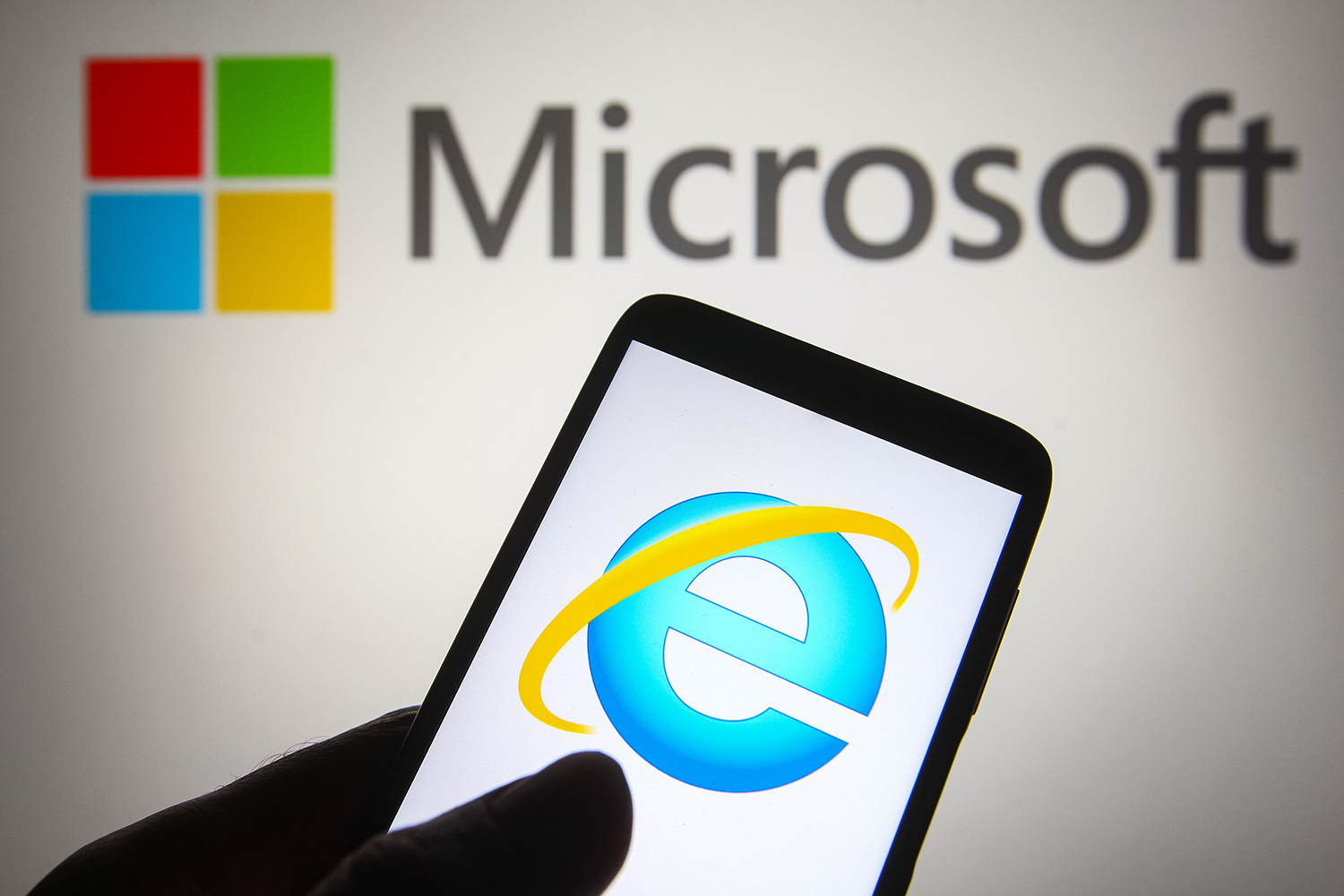
Microsoft has announced the retirement of 27-year-old Internet Explorer (IE) as the firm’s oldest browser will be completely phased out from June 15. Microsoft released the first version of Internet Explorer in 1995 as an add-on package for Windows 95, the antediluvian era of web surfing dominated by the first widely popular browser, Netscape Navigator.
A year ago, Microsoft said that it was putting an end to Internet Explorer on June 15, 2022, pushing users to its Edge browser, which was launched in 2015. The company made clear then it was time to move on. Estimates for Internet Explorer’s market share in 2022 are about 0.38% across all platforms, or by StatCounter’s numbers ranked 10th.
Key points about Internet Explorer:
- Microsoft spent over US$100 million per year on Internet Explorer in the late 1990s, with over 1,000 people involved in the project by 1999.
- On March 17, 2015, Microsoft announced that Microsoft Edge would replace Internet Explorer as the default browser “for certain versions of Windows 10”. This makes Internet Explorer 11 the last release.
Why Internet Explorer decline drastically?
The nearly three-decade-old browser peaked at 95 per cent usage share in 2003. However, IE could not maintain its position, and its user base started to decline drastically as other competitors released new browsers with better user interfaces, faster internet speed and smoother performance.
Competitors of Internet Explorer:
- Apple Safari
- Mozilla Firefox
- Chrome
- Opera
- Brave
- Iron
- Chromium
- Focos
History of Internet Explorer:
Evolution of Internet Explorer (1995-2013):
1995
- In July 1995 Microsoft released Internet Explorer 1.0 as an add-on to the Windows 95 operating system.
- By November the company had produced IE 2.0 for both Apple Inc.’s Macintosh and Microsoft’s Windows 32-bit operating systems. This release featured support for the virtual reality modeling language (VRML), browser “cookies” (data saved by Web sites within the user’s browser), and secure socket layering (SSL). The success of IE and the rapidly expanding online world led Microsoft to produce several editions of the program in rapid succession.
1996
- In August 1996 IE 3.0, designed for use with Windows 95, added important components such as Internet Mail and News (an e-mail and newsgroup client) and Windows Media Player, a computer graphics program that allowed users to view GIF (graphics interchange format) and JPEG (joint photographic experts group) files; IE 3.0 also supported MIDI (musical instrument digital interface) sound files. (Although new IE versions for the Macintosh often lagged behind Windows releases, Microsoft never discontinued its support for the Macintosh.)
1997
- IE 4.0, which came out in 1997, was tightly integrated into the company’s main operating systems, Windows 95, Windows 98, and Windows NT. This incarnation replaced Internet Mail and News with Outlook Express, a freeware version of Microsoft Office Outlook, the company’s commercial e-mail and newsgroup client.
1998
- IE 5, released in September 1998, expanded Web design capabilities and allowed for further personalization.
2001
- IE 6, released in 2001 and designed to work with the Windows XP operating system, featured more privacy and security options.
2006
- IE 6 was Microsoft’s primary Web browser until the 2006 development of IE 7, which was compatible with the Windows Vista operating system.
2009
- IE 8, which was released in 2009, added more support for Web 2.0 features.
2011
- IE 9 was released in 2011 and featured increased speed and compliance with the HyperText Markup Language (HTML) 5 standards for video and audio.
- Later that same year, IE 10 brought the browser further into complete adherence to the HTML 5 standards.
2013
- IE 11, released in 2013, had features built for touch screens such as those on smartphones and tablets.
- In January 2016 Microsoft discontinued its active technical support for all other versions of Internet Explorer except IE 11.
- Microsoft Edge replaced Internet Explorer as the company’s preferred browser in 2016.




 Weekly Current Affairs One Liners 08th t...
Weekly Current Affairs One Liners 08th t...
 Which Indian City is Known as the Footwe...
Which Indian City is Known as the Footwe...
 Which Desert is known as the Cold Desert...
Which Desert is known as the Cold Desert...







